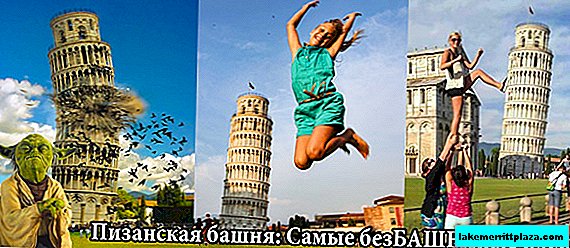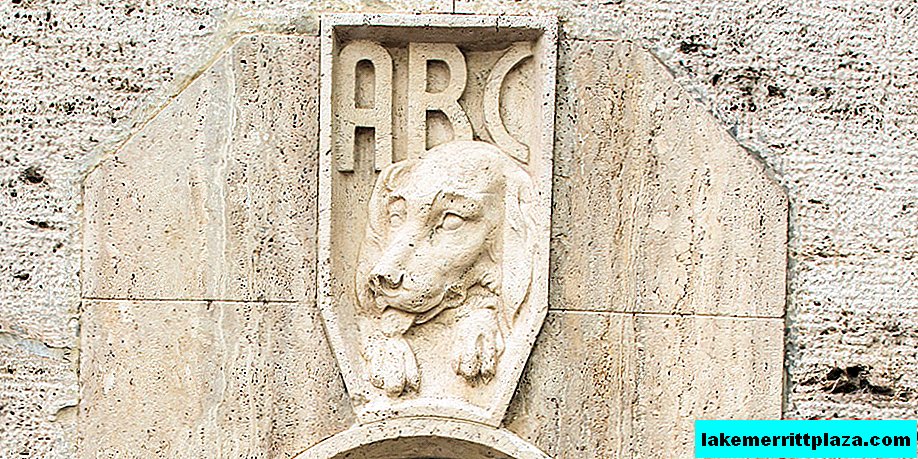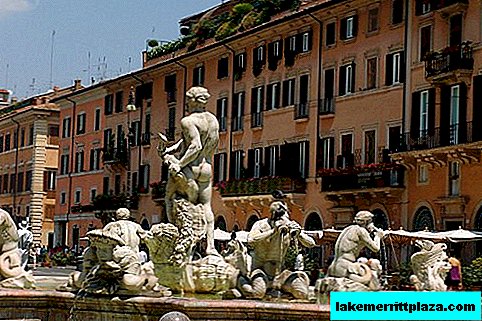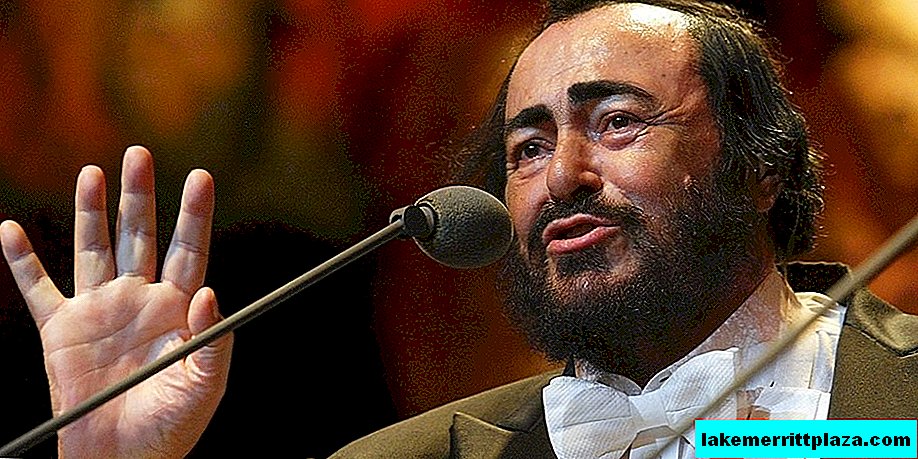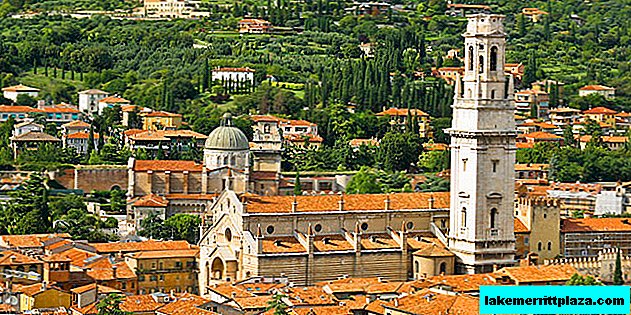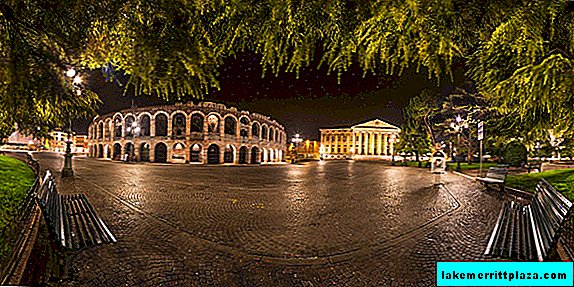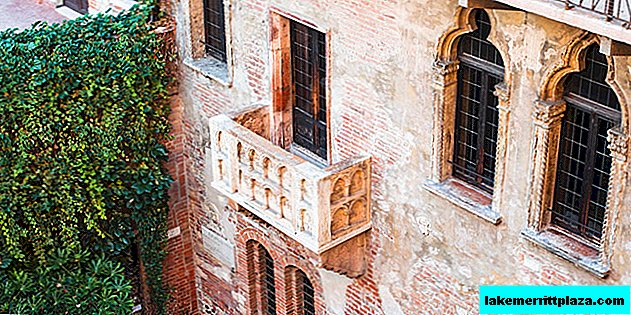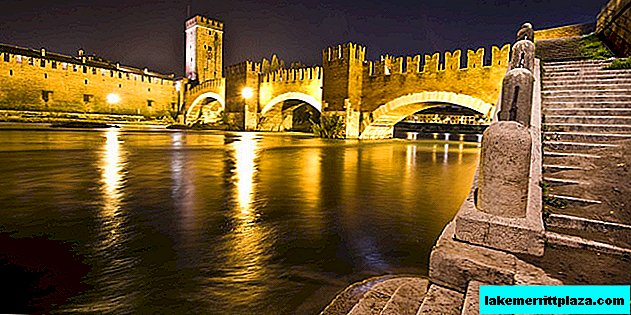Villa Adriana in Tivoli is one of the most remarkable antique buildings in the Lazio region. The structure dates back to the 2nd century AD. Despite the dilapidated state, it attracts with the scope of the architectural concept and the perfection of its embodiment.
History of creation

The Roman emperor Hadrian (Publius Aelius Traianus Hadrianus), the famous philosopher of antiquity, hated the luxury and hustle and bustle of the palace on Palatine Hill. A corner was needed for solitary thoughts and studies in the lap of nature.
So the idea of building a suburban residence. A place for her was chosen not far from the town of Tibur, now Tivoli, and attracted a beautiful landscape and pacifying silence, dear to the heart of the emperor-philosopher. The land was inherited by the wife of Hadrian - Vibius Sabina. Previously, there was a estate of the II-I century BC. The atrium of the old villa was decided to keep, the Emperor rebuilt and expanded the other premises in accordance with his preferences.
Construction began in 118 and continued until Adrian's death in 134. Legend has it that the ruler developed his own villa project. It is now difficult to establish whether this was actually so, but his active participation in this matter is obvious.
The residence includes more than 30 objects, all of them bear the names of the provinces of the Roman Empire visited by Hadrian.
Above all, the emperor valued his peace, thanks to which the villa has an extensive system of underground passages for servants and carts with supplies. Adrian did not want the voices of the minions and the creaking of the cart wheels to disturb his family and guests.
Villa facilities
The initial area of the villa was 300 hectares, of which 1 sq. M. km To date only a fifth of the complex has been preserved. We do not know for certain in honor of which provinces the fastidious emperor called the structures of his villa. Only Canopus can be precisely identified., the rest are the assumptions of the researchers, not supported by rigorous evidence.
The main building material of the villa was the local limestone Tiburtin. For arches and other architectural elements, a plinth was used - a 2.5-cm-thick thin-brick brick. Two paths lead directly to the villa: a cypress alley and an asphalt road near the old garden with olive trees.
Pechile

Pecile - a rectangular area measuring 232 by 97 mlocated behind a powerful nine-meter wall near the entrance. It was once surrounded by a wall with graceful bilateral porticoes, which are now almost completely destroyed. In the center of the square is a small pond. It is possible that the construction was an imitation of the ancient Greek stadium. Cento Camerelle adjoins the Pechila - a hundred rooms for the slaves who served the imperial family and guests.
Underground road
In the lower part of the Cento Camerell, an underground road was found leading to the Grandi (Terme) and the Small Terme (Piccole Terme), separated from each other by a small courtyard.

Researchers suggest that the baths were intended for separate bathing of men and women.
In the bath rooms, the remains of two types of heating systems were preserved - dry (heated air) and wet (hot steam). The site next to the Great Terms - the palestra - was intended for exercises in wrestling and fencing. There was also an indoor ball room.
Pretoria
Behind the Great Therms is Pretoria - a multi-story building for the imperial guard. This is the best preserved part of the villa.
Canopa

The prototype of Canopo is the Egyptian settlement of Kanob (now Abukir), where Antinus, the emperor's favorite, drowned. This is the most interesting of the objects of the estate, it is a pond measuring about 100 by 20 mdecorated around the perimeter with sculptures and columns (not preserved). Near Canope, the Serapeum was built - an imitation of the Egyptian temple of Serapis. From the vault of the Serapeum, you can enjoy excellent views of Therma and Canopa with a number of spreading pines.
Canope Museum

The Kanopa Museum is located in the ancient tavern buildings (tabernae) surrounding its valley on the right. It contains a small collection of ancient Greek statues and Roman casts, the pearl of which is a copy of the statue of Venus of Cnidus.
Gold Square

The Golden Square, located in the north-eastern part of the villa, is a spacious atrium with a double portico, the open part of which consisted of sixty granite and marble columns. On one side of it is an imperial hall with a well-preserved dome on eight marble columns and a lobby with exquisite mosaics of the floor.
Maritime Theater
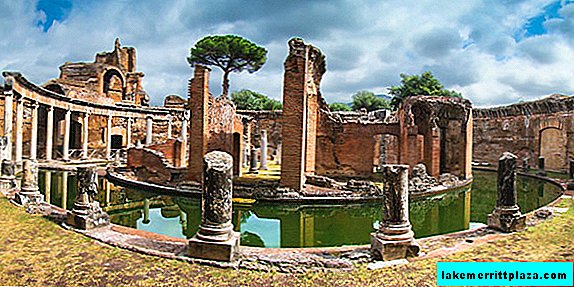
The Maritime Theater (Teatro Marittimo) is distinguished by its intricate architecture - a round room on a round island, framed by a water channel and a cylindrical wall with a round colonnade. The bridges leading to the island were controlled only from the inside. It is assumed that the building on the island was used for the seclusion of the imperial family, therefore it is often called the Island villa.
Further fate

Adrian chose to settle in a country estate, hence he ruled the empire until the sunset of his days. His descendants were not interested in philosophy, therefore used it only as a summer residence. At the end of the III century. the villa was restored by the emperor Diocletian (Aurelius Valerius Diocletianus), later Constantine the Great (Flavius Valerius Aurelius Constantinus) removed some works of art from here for his palace in Constantinople. In the VI century. the Ostrogoths and Byzantines set up camps here, the villa was destroyed and came to desolation. In the Middle Ages Tivoli residents used it as a source of building materials for their homes.

For the first time, archaeological excavations were carried out only in the XVI century. Then, by order of Cardinal Ippolito II (Ippolito II d'Este), many statues and marble columns were taken from the estate to decorate the Villa d'Este in Tivoli. In the XVIII century. Part of Hadrian’s villa belonged to Count Giuseppe Fede, who planted the cypress trees still growing there. Since 1870, the villa has been the state property of Italy, since 1999 - a UNESCO World Heritage Site.
Interesting Facts
- The portals of the villa were deliberately understated so that the emperor, a man of small stature, could feel tall and majestic.
- Here were found many valuable ancient statues - Antinous (Antinous, Capitoline Museum), Diana the Huntress (Diana, Louvre), Diskobol (Diskobolos, British Museum).
- On the territory of the villa, the film "Excavation News" (2010) was filmed.
How to get there
Villa Adriana is 4 km from Tivoli. You can get there by bus number 4, going from the central square of the city. Bus schedules are available at www.cattivoli.com.
- It’s easier and more informative to book an individual excursion from Rome. They will pick you up from the hotel and show you all the villas in Tivoli, tell you interesting facts and take you back.
- Step-by-step instructions on how to get from Rome to Tivoli for 3 euros.
- If you want to get on your own, the fastest and most comfortable way - order a transfer from Sergio Rome-Tivoli for 60 euros, travel time about 45-60 minutes.
Opening hours and tickets
The villa opens at 9:00, closes an hour and a half before dark. Tickets cost 8 euros, EU citizens - 4 euros, during the annual exhibition (from April to October) - 11 euros (preferential 7 euros). From March to October, excursions for schoolchildren are held at 1 euro per person. Admission is free on the first Sunday of every month.. Weekends - January 1, May 1 and December 25.
- Official website of Villa Adriana: www.villa-adriana.net

